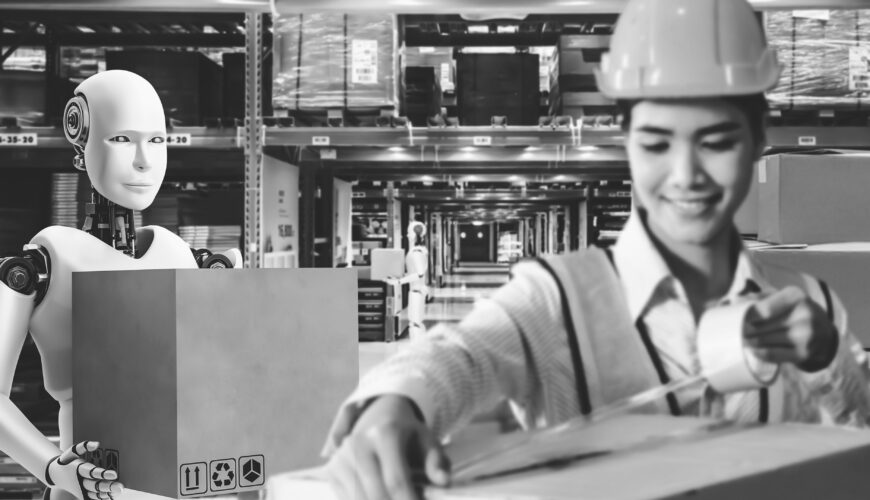As long as there have been industrial robots, there have been fears they would displace humans. That narrative continues today, but the reality is it’s a false narrative. Rather than thinking machines will replace people, companies and their employees should flip the script and start thinking about how industrial robots serve the supply chain, enhancing productivity and jobs.
This is a smart narrative to peddle, especially with the state of the current labor market. For starters, you’ve got a labor shortage, making it tough to recruit and retain workers. This is especially true in regions where companies exist near a large number of competitors. A frustrated employee can easily quit one day and find the next new job down the street. You need tools to prevent that from happening and incentives for bringing in new talent.
Compounding the labor shortage is the fact that baby boomers are retiring in high numbers, and Gen Z isn’t stepping in to fill their shoes. The younger generation has a different value set than their parents and grandparents, and the jobs they seek are reflective of that fact. Manual labor isn’t attractive to this generation. They’re after jobs that allow them to get involved with technology on a daily basis, as well as engage their minds. Robotics offers a way to do that, as well.
A recent study out of Wharton demonstrates that industrial robots accomplish all of the above while actually adding job opportunities, not taking them away. The study found that, for low-skilled workers, robots increase opportunities. Picking, for instance, is a mundane, repetitive task no longer attractive to younger workers. By putting robots on the job to take over, the former human pickers can now move into a role that allows them to program the robots for the tasks. They can also “supervise” the robots while they perform the picking task, watching for errors or mechanical breakdowns along the way. Robots increase productivity rates, and humans get to upskill and use technology. This is a winning formula for recruiting and retaining in a difficult labor market.
The benefits for organizations that employ industrial robots on the manufacturing or warehousing floor go beyond recruitment and retention. Robots change and transform jobs for the better. But they also help companies grow, which ultimately leads to more jobs, not fewer. The Wharton study found that companies that don’t adopt automation like industrial robots will lose employees’ jobs and opportunities. The Future of Jobs report demonstrates that by 2025, employers will increase the number of positions in their companies by 12 million—if they are smartly implementing automation.
Getting started with robotics might seem daunting, but you can get there quickly by working with a supply chain consultant. And once you do, your current and future employees will find more job satisfaction, allowing you to retain skilled labor longer. In today’s difficult labor market, that should be everyone’s goal.


